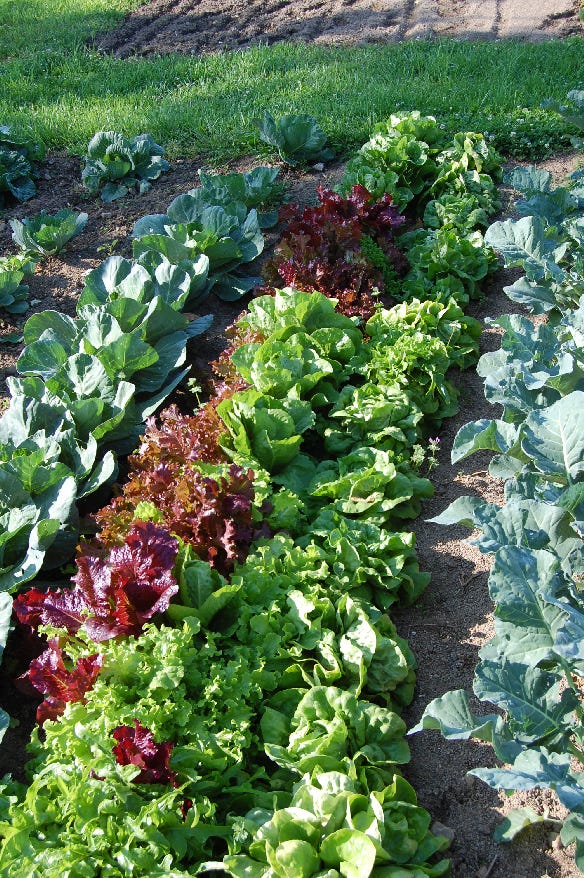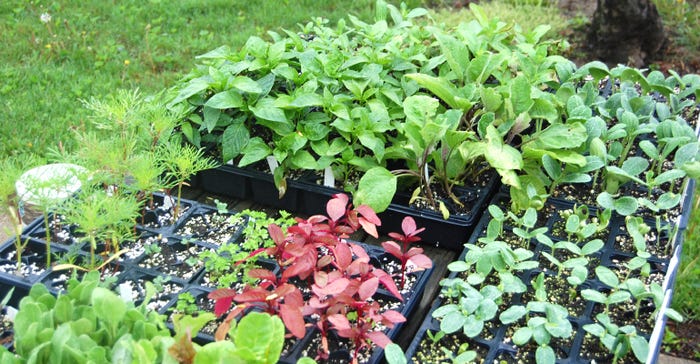December 17, 2020

COVID-19 took a lot from people, but it gave them a lot of extra time on their hands. This extra time, coupled with concerns about the food supply chain, led to a renewed interest in traditional practices like gardening, canning and meat processing.
“I would say I know of a few people that planted gardens,” Katie Bechman says. “They were more interested in growing their own food due to everything going on.” People directly involved with farming processes and the agricultural community felt the change early on.
Bechman, Noblesville, Ind., has tended a large garden for many years, freezing and occasionally preserving a few things. This year while shopping for home and garden supplies, she noticed immediately at stores like Lowe’s and Meijer that there was distinctively less stock than normal, especially during the gardening season.
“This time has prompted people to think about food production in general, just asking questions and trying to learn,” Bechman says. “When stuff wasn’t available, it got people thinking about if they could grow their own.”

Bechman told friends she was attending the Franklin FFA plant sale in May, and many people from her community asked her to bring back plants for their new gardens. The possibility that the food chain may not be as stable as they thought scared some people.
Bechman was not alone in noticing the uptick in people starting to garden and stores being short on supplies. Others in the agricultural community were also tuned in to this sudden surge in demand for traditional practice supplies. Gardens and chicken coops were popping up throughout suburban America, as well.
“Tomato cages went quickly,” says Roy Ballard. “People were running into challenges getting garden seed and vegetable transplants.” Ballard, Morristown, Ind., spent 28 years as a county Extension educator. He recalls that stores could not keep up with the increase in demand during the recent gardening season. No store anticipated the pandemic, but beyond that, most stores did not foresee how the pandemic would push people to be more independent. Even stores that normally carry a large supply of items such as canning jars and lids sold out.
“I think some people had some time on their hands, and they wanted something tangible,” Ballard says. “Part of canning, preserving and growing your own food is a sense of independence — not just food security, but more.”
Multiple reasons
Ballard says there was a level of complexity involved with the recent growth in practices like gardening and canning. Most of these traditional practices are very rewarding, as people watch something over an extended period of time while it grows, and then they get to consume it. Ballard believes people felt lost during the pandemic, and participating in these traditional practices allowed them to find something to fill their time while also making them feel more secure about their food.
“People were certainly concerned about if there would be food,” Ballard says. “They wanted something they could fall back on for a sense of security, something that they could show results from.”
People saw that if stores and factories closed, or too many people got sick, the grocery shelves looked a little bare — even very bare at times. The American general public, all of a sudden, became hyper-aware that they were not as secure as it believed.

Ballard, like others with experience preserving food, did have some concerns about the large increase in new canners. Gardening is pretty straightforward and causes little risk, minus the occasional bug bite. On the other hand, canning can pose significant risks to the consumer if not done properly.
It’s likely that many people canning for the first time during the pandemic learned from a webpage or online video and may not be aware of the serious risks associated with canning, like botulism. If consumers are not aware, they may not be taking the proper preventative steps.
Canning safety
“Before you start canning, you need to get some good fundamental advice, attend a training or call your Extension specialist,” Ballard says. “Freeze things before you get into canning. Then maybe dehydrate next and then start canning.”
Having worked as a county Extension educator for nearly three decades, Ballard helped many people with their canning projects. He says many ways of canning have proven unsafe. The best way to can produce is by using a pressure canner.
“You have to dispose of your cans if you are not positive that everything was done correctly,” Ballard says. He knows this can be hard to hear after putting time and effort into gardening and then canning produce, but it is important to stay safe and not risk botulism. This toxin is produced by bacteria that can grow inside cans that aren’t processed and sealed properly.
“Start with things with higher acidity and work your way down to lower acidity,” says Ballard. He advises that the higher the acidity of the vegetable, the less likely it is to have botulism bacteria growing in the canned good.
Experts agree it’s important to be safe when canning foods in the home. Contact a food safety professional or your local Extension office if you have questions about the process.
Meat processing
Canning, however, is not the only risky traditional practice on the rise during the pandemic. Another is raising and slaughtering your own meat, mostly chickens. Kerri Suhr, a veterinarian from the Indiana State Board of Animal Health, saw a huge increase in the number of calls from people wanting to start their own slaughtering facilities. During the pandemic, she received roughly four times the amount of calls per month. Suhr also saw an increase in calls from people wanting to know if they’re allowed to process birds of their own, raising them on a small scale, like under 1,000 per year.
“There has been a trend this way over the last several years, but even more so due to COVID-19, especially because there was such a shortage there for a little while,” Suhr says.
Moving forward, experts believe these trends will probably decrease slightly once people are comfortable again with normal life. However, they look for the overall uptick in interest in traditional practices like gardening and raising chickens to continue, because it was already increasing due to food trends before the pandemic began.
Carmeli-Peslak is a senior in agricultural communication at Purdue University.
Read more about:
Covid 19You May Also Like




